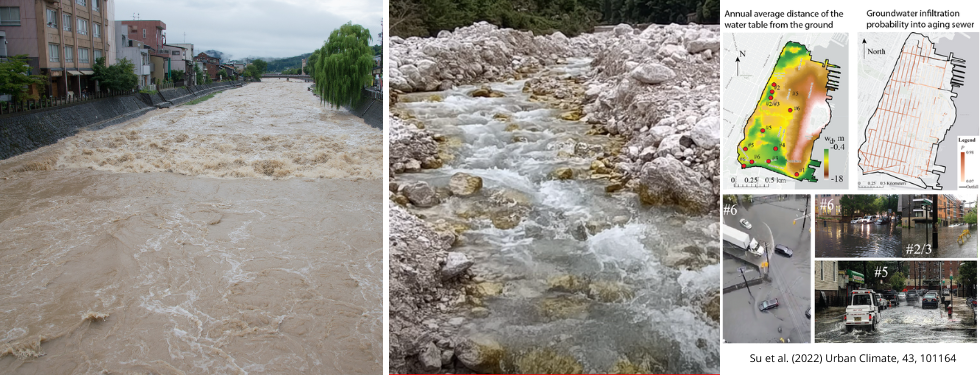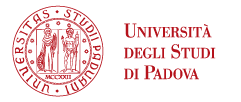Flood hazard and extreme events

The main goals of this research are:
- to investigate channel response to floods of different magnitude, and in particular to extreme floods;
- to improve hazard assessment, that is our capability of predicting geomorphic effects of floods.
- to study paleofloods, mainly of Holocene age, to reconstruct their characteristics and impact on the fluvial system
- compound flooding modelling
Besides morphological changes (e.g. channel widening), we have recently focused the research on the different sediment-water flows occurring during high-magnitude floods and, specifically, on debris floods. Our approach is based on field work, remote sensing and GIS analysis and benefits from strong collaboration with colleagues having different skills and expertise, in particular about hydrological, hydraulic and sedimentological issues.
Over the last years we focused on three flood events: the Vaia Storm that occurred in the Eastern Alps (Italy) in October 2018; the flood that occurred in the Albedosa River catchment (Piedmont, Italy) in 2019; the flood that affected the Misa River catchment (Marche, Italy) in September 2022. Besides, we are studying fluvial processes and flood hazard in some tropical catchments of Costa Rica.
In addition, we also work on the development of algorithms to couple hydrological models. The aim is to describe and predict in real time compound flooding events in urban coastal areas with shallow unconfined aquifers and aging infrastructure. To facilitate public sharing and usage, we are working on the tightly coupling of FloPy and PySWMM. We are tuning and validating the algorithm on urban sites in Long Island (NY) and New Jersey where significant flooding events have occurred, recently.
Professors coordinating and developing projects related to this research pathway: Simone Bizzi, Andrea D'Alpaos, Alvise Finotello, Alessandro Fontana, Paolo Mozzi, Valentina Prigiobbe, Paolo Scotton, Nicola Surian





